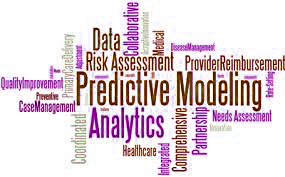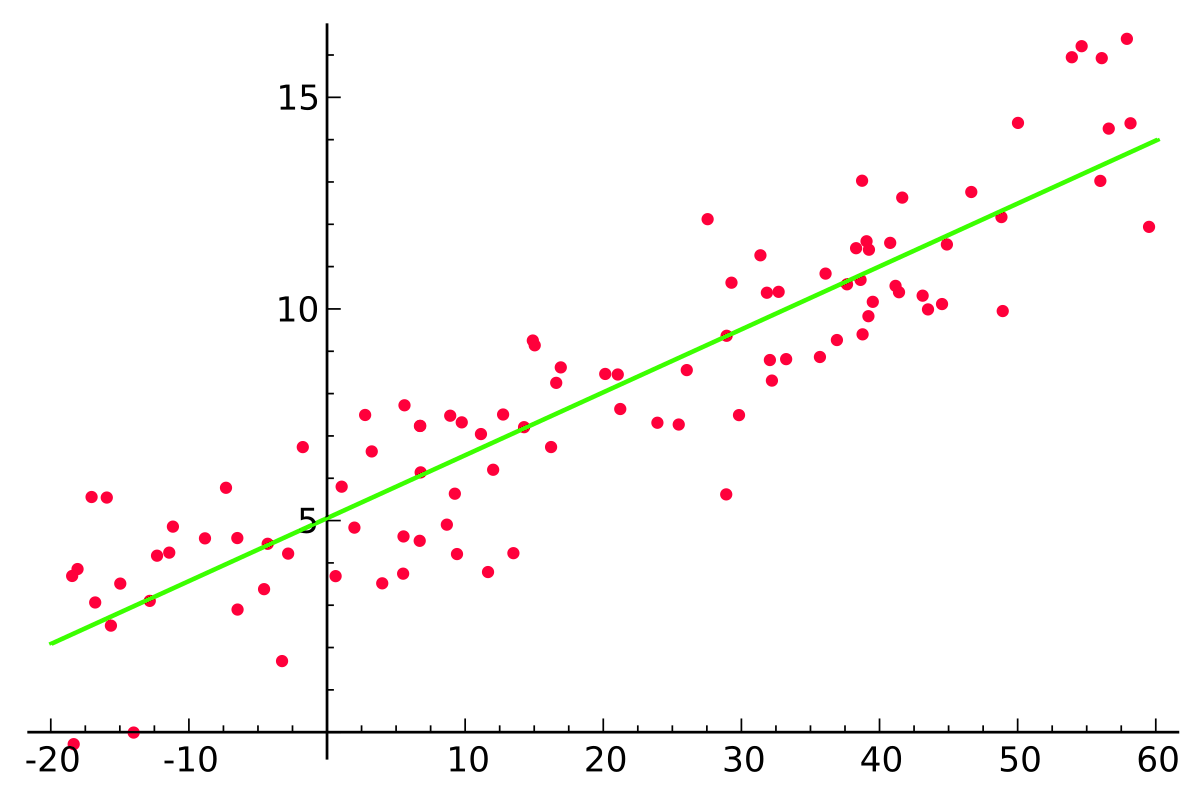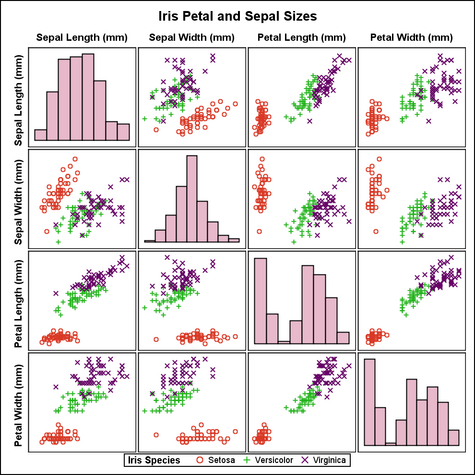16 Important SAS/STAT Features You Must Know
FREE Online Courses: Elevate Your Skills, Zero Cost Attached - Enroll Now!
We learned SAS/STAT Tutorial, by what kind of people it is used and the purpose it serves. Today we will be talking a bit more in detail about the different SAS/STAT features and the variety of tasks that can be performed on it to make our life a little easy.
So, let’s start with SAS/STAT Features.
SAS/ STAT Features
These are the important features of SAS/STAT, let’s discuss them one by one:
i. Analysis of Variance
This allows a user to make linear models, compute variance on different measurements as well as multivariate analysis on different parameters.
Let’s discuss SAS/STAT ANOVA (Analysis of Variance)
ii. Bayesian Analysis
Built-in feature for Bayesian modeling and inference for generalized linear models, accelerated failure time model, Wide range of Bayesian models available.
iii. Descriptive Statistics
SAS/STAT offers box-and-whisker plots. One can Compute directly and indirectly standardized rates and risks for study populations.
Follow this link to know about SAS/STAT Descriptive Statistics
iv. Discriminant Analysis
Canonical discriminant analysis and Stepwise discriminant analysis can be performed.
v. Distribution Analysis
Procedures allow Univariate and bivariate kernel density estimation.
vi. High Performance
The 14 SAS/STAT procedures are multithreaded which means a lot of features are packed for use which increases the efficiency of a program.
Follow this link to know about SAS/STAT Discriminant Analysis
vii. Market Research
Market research plays an important role in any company. The SAS STAT software provides choice models, as well as multidimensional scaling models to assess parameters.
viii. Missing Data Analysis
Multiple imputations, weighted generalized estimating equations, and imputation for survey data.
ix. Mixed Models
It packs Linear and nonlinear mixed models, generalized linear mixed models and Nested models.
x. Multivariate Analysis
Different analysis like exploratory and confirmatory factor analysis, principal components analysis, canonical correlation and partial canonical correlation.
xi. Post Processing
This comprises of Hypothesis tests like t-tests, chi-square tests, and Prediction plots.
xii. Predictive Modeling
Predict and reveal insights from data like classification and regression trees, partitioning of data into training, validation and testing roles.
Read – SAS/STAT Predictive Modeling
xiii. Regression
Regression is an important feature of statistical analysis. SAS STAT offers least squares regression, principal components regression, quadratic response surface models and accurate estimation for ill-conditioned data.
xiv. Standardization
SAS STAT offers around 18 standardization methods and capabilities.
Do you Know Best SAS books to Learn SAS Programming – 2018
xv. Statistical Graphics
There are hundreds of statistical graphs available with analyses, customization is provided and Base SAS “SG” procedures create user-specified statistical graphics.
xvi. Survey Sampling and Analysis
This feature includes sample selection, descriptive statistics, linear and logistic regression, proportional hazards regression and missing value imputation.’
So, this was all about SAS/STAT Features Tutorial. Hope you like our explanation.
Conclusion
Hence, you all came to know a brief idea on different SAS/STAT Features and the amazing things you can do with it. We will be looking at the advantages and limitations in the next lecture. So stay tuned. Furthermore, if you have any query feel free to ask in a comment section.
Related Topic – Robust Regression in SAS/STAT
Your 15 seconds will encourage us to work even harder
Please share your happy experience on Google










